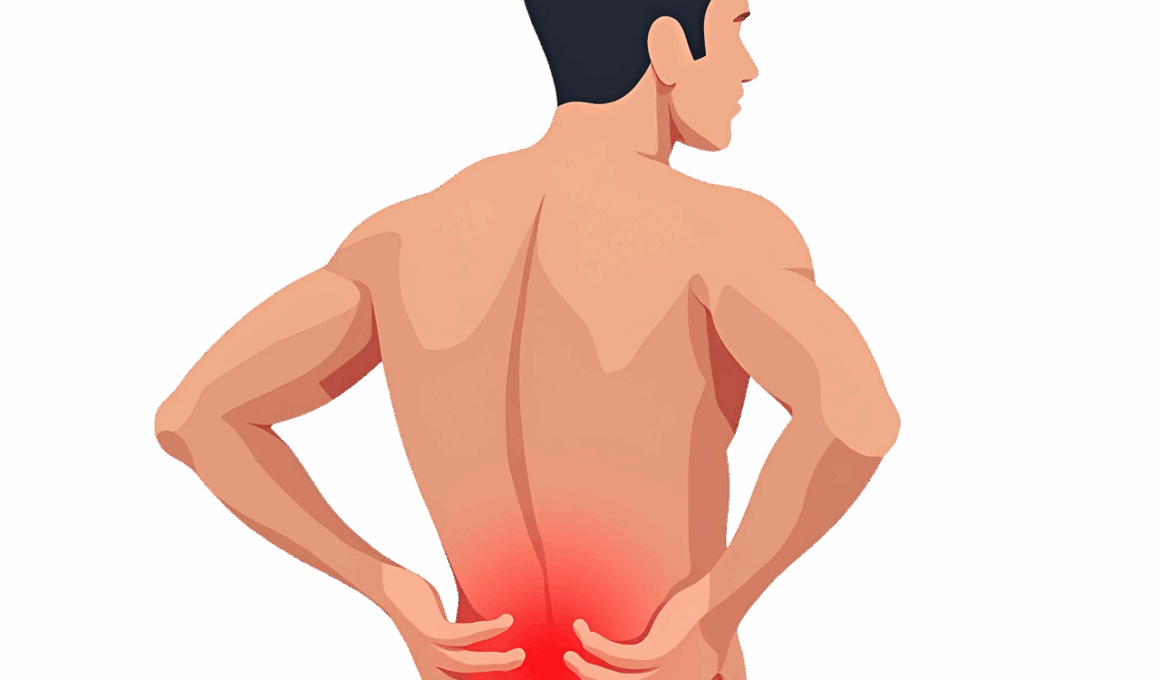Common Causes of Slouching and How to Overcome Them
Slouching is a prevalent posture issue that affects many individuals, especially those who work long hours at desks. One of the most common causes of slouching is poor ergonomics in the workplace. When a workstation is not properly set up, it can lead to uncomfortable seating positions, causing the spine to curve in unnatural ways. This discomfort often results in individuals leaning forward or collapsing into their chairs, resulting in slouched postures over time. Another factor contributing to slouching is muscle weakness, particularly in the upper back and core muscles. If these muscles are not adequately strengthened, they can lead to a weakened support structure for the spine, encouraging slumped positions. Additionally, prolonged periods of static sitting can lead to fatigue and decreased awareness of posture, which further exacerbates slouching issues. It is essential to recognize these factors to address them effectively. Understanding these causes can pave the way for proper intervention strategies. By aligning workplaces ergonomically and focusing on core strengths, individuals can counter slouching and improve overall posture.
Another critical reason for slouching is habits formed during daily activities. Many people develop a tendency to hunch over while using smartphones or tablets. This behavior often creates a cascading effect on posture, leading to slumping shoulders and cervical spine strain. Additionally, watching television while lying on a couch can easily lead to a slouched state as the back is not supported properly. These common activities, when performed over extended periods, can condition the body to maintain poor postural habits that become ingrained. Furthermore, lifestyle choices, such as a lack of physical activity or exercise, contribute significantly to minor postural issues evolving into major slouching difficulties. Sedentary lifestyles, prevalent in modern society, weaken muscles and decrease flexibility, ultimately resulting in chronic slouching tendencies. By making conscious choices to incorporate exercise into one’s routine, individuals can target muscle groups that support an upright posture. Engaging in activities like yoga or pilates can create an awareness of body alignment and strength, offering substantial improvement in posture. Therefore, altering daily habits and increasing physical activity can lead to significant posture benefits.
Identifying Signs of Slouching
Identifying the signs of slouching early on is imperative for long-term posture health. Common symptoms include back, neck pain, and shoulder tension. Individuals may notice that the discomfort intensifies after prolonged sitting or standing activities, indicative of poor posture formation. Another effective way to discern if someone is slouching is through visual assessments; this can include observing the alignment of the ears, shoulders, and hips. When not aligned, it often showcases a posture problem contributing to slouching. If the shoulders are rounded and the ribcage is collapsed, these are prevalent indicators that slouching may be occurring. Checking how someone sits or stands can provide valuable insights into their posture habits. In addition, self-awareness plays a crucial role in recognizing slouching. Individuals are encouraged to occasionally check in with themselves throughout the day, noticing their posture and making adjustments as necessary. Devices like posture-correcting wearables or apps can serve as reminders to maintain proper posture. By regularly assessing and addressing posture, individuals can significantly reduce the risks associated with slouching.
To overcome slouching effectively, it’s vital to implement strategies aimed at correcting posture. An essential first step is adjusting the workspace to ensure it is ergonomically beneficial. Investing in adjustable chairs and desks can promote a healthier alignment during work hours. The computer screen should be at eye level, while the chair should offer sufficient lumbar support to maintain the natural curve of the spine. Alongside this, regularly scheduled breaks can significantly aid in counteracting slouching. Taking time to stand, stretch, and move around throughout the day can help alleviate the tension built in slouched positions. During these breaks, individuals should also utilize strength and flexibility exercises targeted at the upper back and core muscles. Strengthening these muscle groups is pivotal in remediating slouched postures. Exercises like seated rows or planks can reinforce the back, leading to better support for the spine. Additionally, incorporating stretching into the daily routine can provide relief and flexibility to the shoulders, neck, and back, reducing slouching tendencies effectively. Overall, consistency with these strategies can lead to significant improvements in posture.
The Role of Mindfulness
Mindfulness plays a crucial role in addressing slouching posture by encouraging individuals to be present and aware of their body positions. Engaging in mindfulness practices throughout the day can enhance one’s ability to recognize bad posture habits before they become ingrained patterns. Techniques such as deep breathing and conscious reflection on body alignment can create positive changes. One way to promote mindfulness regarding posture is to set reminders at regular intervals to assess body position. This practice allows for immediate adjustments and reinforces the importance of maintaining good posture. Guided meditation and posture-focused exercises can also foster awareness and improve alignment. Incorporating mindfulness techniques alongside physical exercises aids in developing a holistic approach to overcoming slouching. The synergy of an engaged mind and a strong body creates a more effective solution to the slouching epidemic. Moreover, engaging in group fitness classes can establish a community supportive of maintaining posture and self-awareness. When individuals are encouraged by peers while they practice mindfulness, the motivation to stick with healthy posture habits increases significantly.
In conclusion, addressing slouching effectively requires a multifaceted approach. By understanding its common causes—poor ergonomics, bad habits, and lifestyle choices—individuals can take proactive measures to overcome the issue. Creating awareness around posture through identifying signs of slouching is one of the first steps to promoting better alignment. Ergonomically adjusting work environments coupled with regular breaks and specific exercises geared toward strengthening and flexibility contribute significantly to better posture. It’s ideal to combine physical health improvements with mindful practices that encourage staying aware of body positions. Mindfulness establishes a mental framework that emphasizes the need for attention to posture. Ultimately, both mental and physical strategies must work in tandem for effective results in overcoming slouching. Engaging in regular body assessments, modifying daily activities, and using corrective devices can yield substantial benefits. Over time, these efforts can lead to a more confident posture, alleviating discomfort and enhancing overall well-being. The road to conquering slouching demands a dedicated commitment, but the rewards of improved posture and physical comfort are well worth the effort. Begin today by applying these strategies for a healthier tomorrow.
Tips for Improving Your Posture
Ultimately, achieving better posture will greatly enhance comfort and longevity.
Conclusion: Actively working on your posture can prevent slouching and its associated physical issues.


